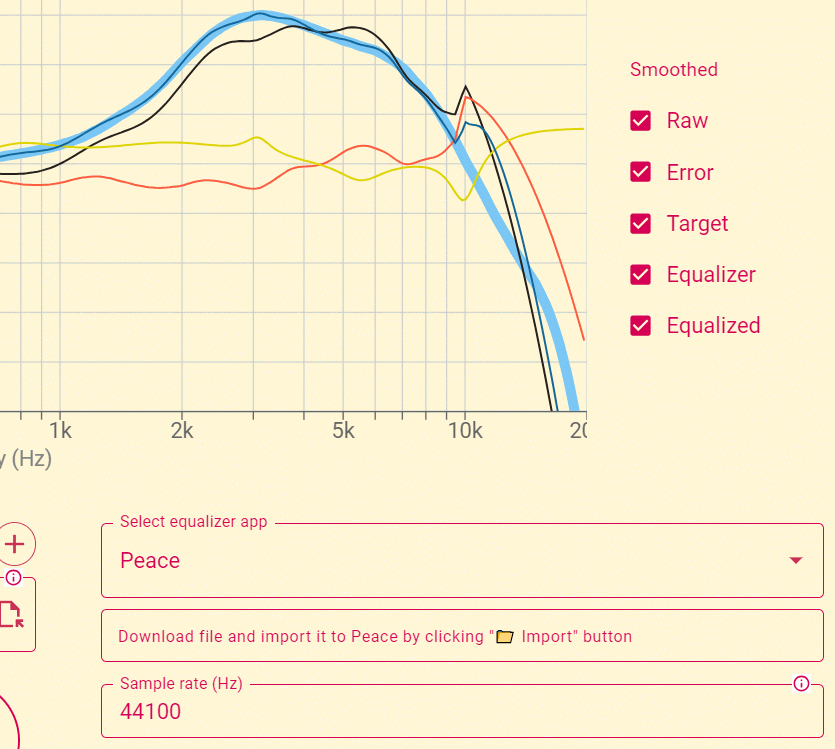It's due to the nature of non-oversampling digital filters. Such a filter setup is used in EqualizerAPO, which AutoEQ targets. The fact that AutoEQ anticipates this is actually clever and ensures consistent results. Googling EQ will give you more in depth explanation if you need it. You can also look at a frequency graph and observe how filters change their shape when approaching the highest frequencies.

Hi! About 10 years ago I though "why don't we have a website with EQ for every headphone?!". You basically made one of my dreams come true :) Thanks for that a lot.
But I have a question. Why does AutoEQ produce filters with different parameters depending on the sampling rate? Very non-obvious that there should be a dependence, and I don't recall my custom EQ tunings sound off when I switch the rate. Can you explain the technicalities please? 🙏